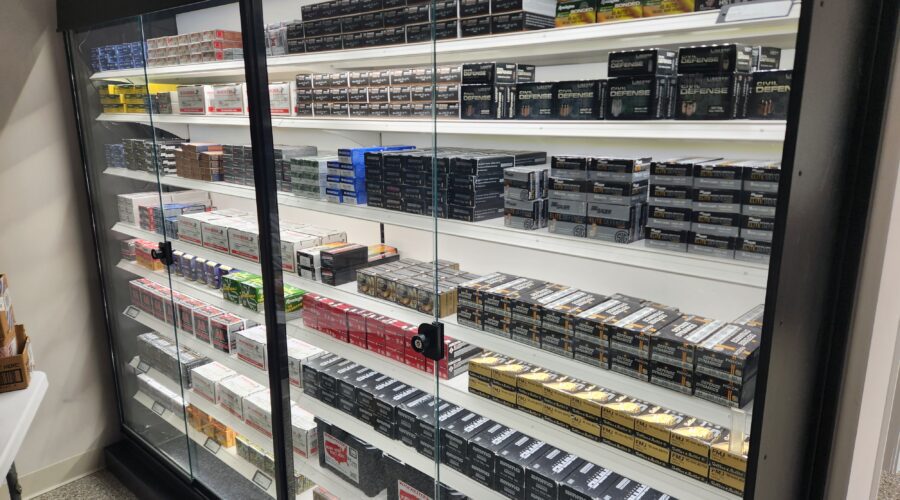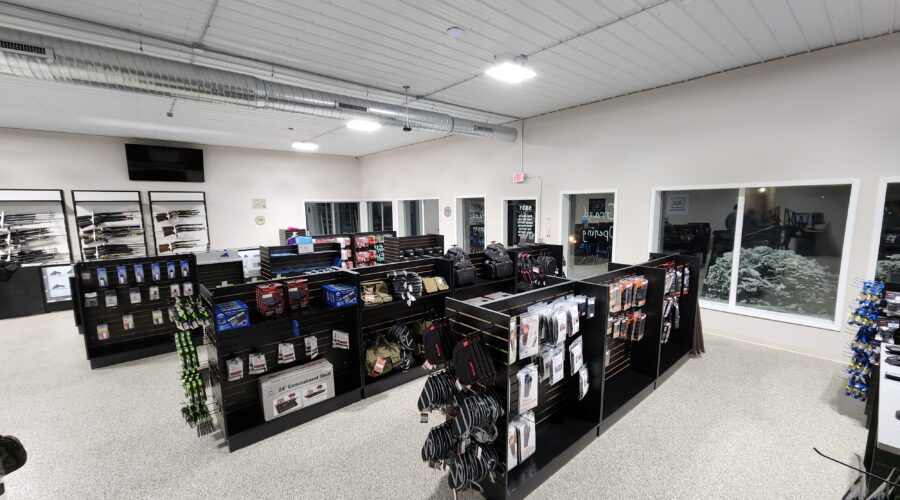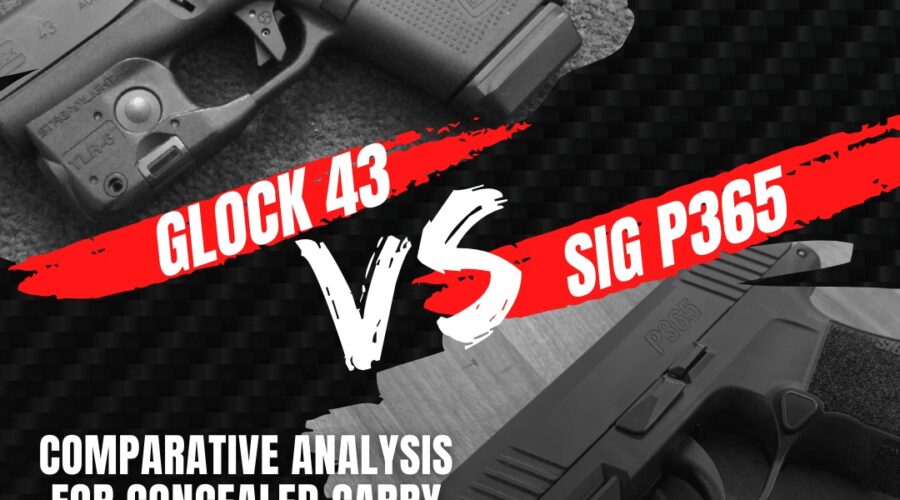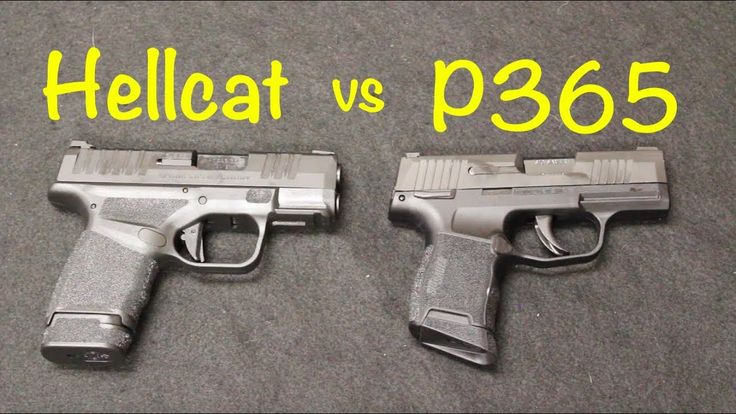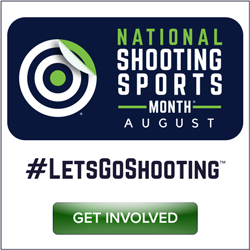9 Best Handguns for 2024 You’ll Be Dreaming About
With each passing year, gun manufacturers continue to innovate and refine their handguns, providing us with an array of new models and features. Whether you’re looking for the perfect concealed carry firearm, a reliable service weapon, or a competition-grade pistol, these nine handguns are the best of 2024, and you’ll be dreaming about adding them to your collection.
1. Sig Sauer P320-AXG Legion
The P320-AXG Legion combines Sig Sauer’s proven P320 platform with the Legion series’ custom features. With its modular alloy frame, optic-ready slide, and integrated compensator, this handgun is a masterpiece of ergonomic and tactical excellence.
2. Glock G47 MOS
Originally designed for U.S. Customs and Border Protection, the G47 MOS is now available for civilians. This 9mm handgun combines the reliability of the Glock platform with a modular optic-ready slide and interchangeable parts, making it ideal for both duty and personal defense.
3. Smith & Wesson Equalizer
Smith & Wesson’s Equalizer offers a perfect blend of concealability and control. It features a compact frame, a grip safety, and an easy-to-rack slide, all while accommodating up to 15 rounds in the magazine. The optics-ready design makes it a versatile choice for everyday carry.
4. Springfield Armory Echelon
Springfield Armory’s Echelon introduces a new standard for modular handguns. With its Variable Interface System (VIS) for mounting optics and an innovative Central Operating Group, this pistol offers unprecedented customization and performance.
5. Heckler & Koch VP9 Match OR
The VP9 Match OR takes Heckler & Koch’s acclaimed VP9 platform and adds competition-focused features. The extended slide, enhanced trigger, and optic-ready design make this one of the best competition handguns for 2024.
6. CZ P-10 F Competition-Ready
CZ has taken their popular P-10 F and refined it for competitive shooting. The P-10 F Competition-Ready model includes an optics-ready slide, extended barrel, and improved trigger, making it a formidable choice for serious shooters.
7. Beretta APX A1 Carry
For those seeking a reliable and compact concealed carry option, the Beretta APX A1 Carry is a top contender. With an improved trigger, optic-ready slide, and enhanced ergonomics, this single-stack 9mm is built for everyday carry.
8. Walther PDP-F Series
Walther’s PDP-F Series is specifically designed for shooters with smaller hands, offering a more ergonomic grip and reduced trigger reach. With its modular frame and Performance Duty Trigger, the PDP-F Series is ideal for personal defense.
9. Kimber KDS9c
Kimber’s KDS9c is a double-stack 9mm that merges the 1911 platform with modern enhancements. With a capacity of 15+1 rounds, an optics-ready slide, and a crisp 1911-style trigger, this compact pistol provides a reliable and stylish concealed carry option.
Conclusion
Each of these handguns represents the pinnacle of innovation and performance for 2024. From modular systems and competition-grade features to ergonomic enhancements and concealed carry excellence, these firearms cater to a wide range of needs and preferences. Whether you’re a law enforcement officer, competitive shooter, or everyday carrier, there’s something here to fit your style and needs.


